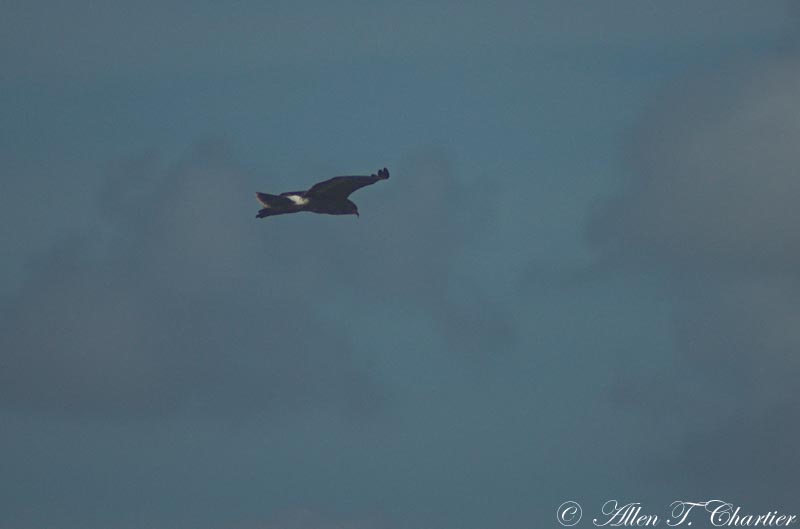
It is resident all-year in most of its range, but the southernmost population migrates north in winter and the Caribbean birds disperse widely outside the breeding season. The snail kite breeds in tropical South America, the Caribbean, and central and southern Florida in the United States. They concluded that Rostrhamus belonged in Buteoninae (sensu stricto) and not in Milvinae, but noted that more investigation was needed. sociabilis sister to Geranospiza caerulescens, and that those two along with Ictinea plumbea were basal to both the Buteogallus and Buteo clades. For this reason, it is considered a molluscivore. It flies slowly with its head facing downwards, looking for its main food, the large apple snails. Adults have red or orangish-brown irises, while juveniles have dark brown irises. The juvenile is similar to an adult female, but the crown is streaked. She has a whitish face with darker areas behind and above the eye. The adult female has dark brown upperparts and heavily streaked pale underparts. The adult male has dark blue-gray plumage with darker flight feathers. The tarsus is relatively long as well, measuring 3.6–5.7 cm (1.4–2.2 in). The dark, deeply hooked beak, measuring 2.9–4 cm (1.1–1.6 in) is an adaptation to its diet.

Its tail is long, at 16–21 cm (6.3–8.3 in), with a white rump and undertail coverts. They have long, broad, and rounded wings, which measure 29–33 cm (11–13 in) each. There is very limited sexual dimorphism, with the female averaging only 3% larger than the male.


 0 kommentar(er)
0 kommentar(er)
